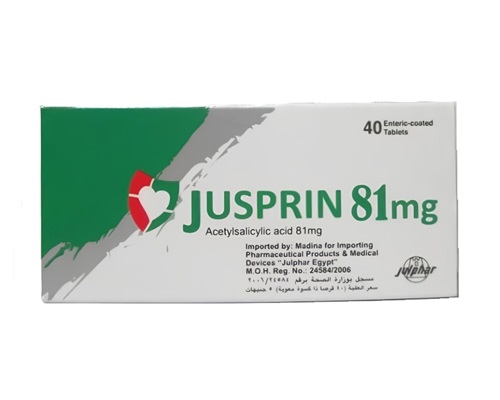Description
Trade name:
Marevan
Compound:
Each tablet contains:
warfarin sodium 1 mg
Auxiliary components:
calcium hydrogen phosphate dihydrate, copovidone, colloidal silicon dioxide, sodium croscarmellose, magnesium stearate, microcrystalline cellulose.
Properties:
Indirect anticoagulant. Suppresses the synthesis of vitamin K-dependent blood coagulation factors (II, VII, IX and X) and proteins C and S in the liver.
The optimal anticoagulant effect is observed on the 3-5th day from the start of use and ceases 3-5 days after the last dose.
Indications:
Treatment and prevention of thrombosis and thromboembolism of blood vessels:
– acute venous thrombosis and pulmonary embolism;
-postoperative thrombosis;
– repeated myocardial infarction;
– as an additional drug during surgical or thrombolytic treatment of thrombosis, as well as during electrical cardioversion of atrial fibrillation;
– recurrent venous thrombosis;
– repeated pulmonary embolism;
– prosthetics of heart valves and blood vessels (combination with acetylsalicylic acid (ASA) is possible);
– thrombosis of peripheral, coronary and cerebral arteries;
– secondary prevention of thrombosis and thromboembolism after myocardial infarction and atrial fibrillation.
Method of administration and dosage:
The recommended daily dose is from 3 mg to 10 mg per day, depending on the indications. Take at the same time.
In case of acute thrombosis, treatment is carried out in combination with heparin until the effect of oral anticoagulant therapy is fully evident (not earlier than 3-5 days of treatment).
In case of heart valve replacement, acute venous thrombosis or thromboembolism (in the initial stages), left ventricular thrombosis and for the prevention of myocardial ischemia, it is necessary to strive for an effective action, noted at INR – 2.8-4.0.
Contraindications:
– acute bleeding;
– severe liver disease;
– severe kidney disease;
-renal failure;
-severe arterial hypertension;
– acute DIC syndrome;
– deficiency of proteins C and S;
-hemorrhagic diathesis;
-thrombocytopenia;
– gastric ulcer and duodenal ulcer in the acute phase;
-cerebral hemorrhage;
-alcoholism;
-pregnancy;
– hypersensitivity to the components of the drug.
Precautions:
Before starting therapy, the INR indicator is determined (corresponding to the prothrombin time, taking into account the thromboplastin sensitivity coefficient). Subsequently, regular (every 2-4-8 weeks) laboratory monitoring is carried out.
During the treatment period, it is necessary to refrain from drinking ethanol (risk of developing hypoprothrombinemia and bleeding).
Side effects:
From the hematopoietic system: often – bleeding.
From the digestive system: rarely – diarrhea, increased activity of liver transaminases.
From the skin and subcutaneous tissues: rarely – eczema, skin necrosis, vasculitis, hair loss.
Storage method:
At a temperature not exceeding 30 degrees. In a dry place.
Package:
The cardboard box contains a jar of 100 tablets and paper instructions.









